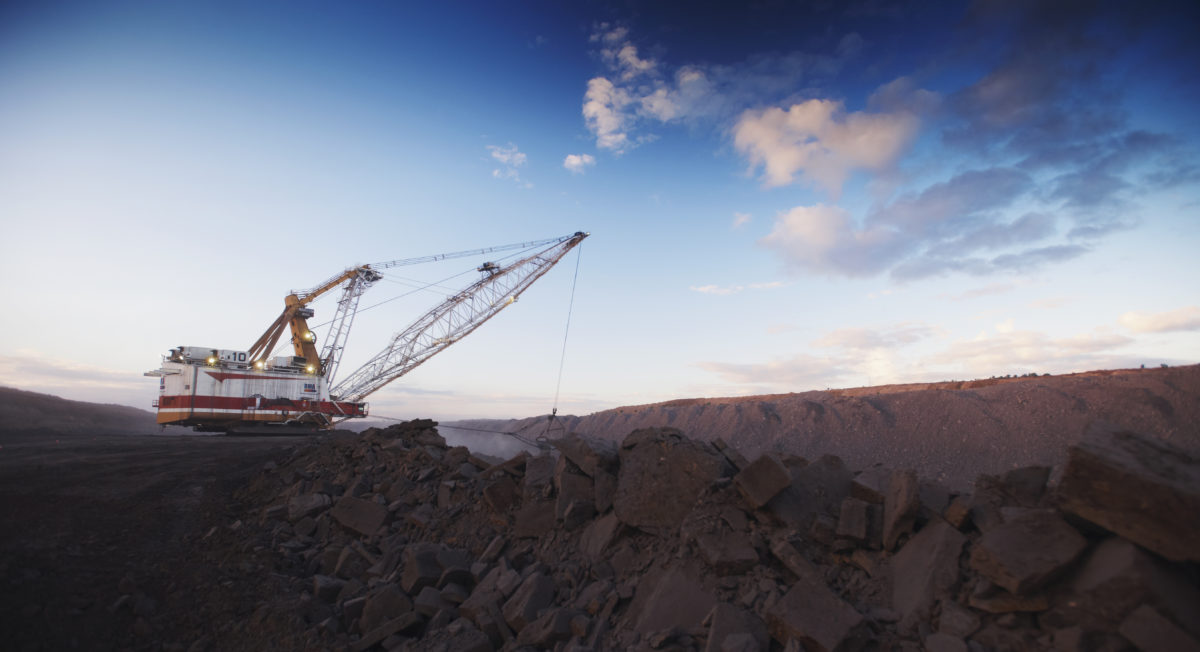Australian global mining giant BHP has signed a renewable power purchase agreement (PPA) with CleanCo to help cover some of the electricity used across its Queensland (QLD) Coal mines. BHP inked the PPA, which utilises solar, wind, hydro, and gas, to reduce its Scope 2 emissions from electricity use in QLD by 50% by 2025.
The five year deal with CleanCo, the QLD Government-owned clean energy company, will commence from 2021 and support the development of the Western Downs Green Power Hub and the Karara Wind Farm.
BHP and its strategic partner Mitsubishi Development pledged to pursue emissions reductions in its Australian operations in July 2019. The BHP Mitsubishi Alliance is Australia’s largest coal producer and supplier of seaborne metallurgical coal. In QLD alone, the 50:50 joint venture operates seven Bowen Basin mines and owns and operates the Hay Point Coal Terminal near Mackay.
“This is a prime example of prudent business decisions going hand-in-hand with social value,” said BHP’s President Minerals Australia, Edgar Basto, “strengthening our business and benefiting the community.”
Not clean, but rinsed
For the first two years of the PPA, CleanCo’s low emissions portfolio will do the generating, which means that hydro and gas assets will be footing the electricity. However, from late 2022 when both the Western Downs Green Power Hub powers up, and early 2023 when the Karara Wind Farm starts spinning over, the PPA should gradually clean itself up with renewables.
The Australasian Centre for Corporate Responsibility (ACCR) has challenged BHP’s announcement, with Director of Climate and Environment Daniel Gocher welcoming the mining giant’s new commitment to renewable energy but noticing that “BHP continues to expand fossil fuel production and its own lobby groups remain critical of renewable energy, this announcement is simply more greenwashing from the best in the business.”
Gocher took particular umbrage with BHP’s inclusion of Queensland Resources Council Chief Executive Ian Macfarlane in its braggadocious announcement. Macfarlane, who has called for new coal-fired power stations in Queensland and is currently campaigning for government subsidies for new and expanded coal and gas projects.
“BHP can make all the climate commitments it likes,” says Gocher, “but until such time as its lobbyists stop getting in the way of effective climate policy, it will still be considered a climate wrecker.”
BHP has made several small investments in low emissions technologies and research, including $350,000 million tipped into the “knowledge sharing” aspects of Australia’s first large scale solar+storage array. The Lakeland project featuring 13 MW solar and 1.4 MW/5.3 MWh battery storage system was grid connected in Northern Queensland in early 2019. Soon after, BHP signalled its intentions to move away from thermal coal production and refocus its attentions on oil, nickel, and copper, the latter two supplying fast-growing EV and renewables sectors.
BHP’s shift in strategy came several months after other major commodities giants, such as Glencore and Rio Tinto. BHP says that it is soon to announce medium-term, science-based, reduction targets of Scope 1 and Scope 2 operational emissions.
This content is protected by copyright and may not be reused. If you want to cooperate with us and would like to reuse some of our content, please contact: editors@pv-magazine.com.









1 comment
By submitting this form you agree to pv magazine using your data for the purposes of publishing your comment.
Your personal data will only be disclosed or otherwise transmitted to third parties for the purposes of spam filtering or if this is necessary for technical maintenance of the website. Any other transfer to third parties will not take place unless this is justified on the basis of applicable data protection regulations or if pv magazine is legally obliged to do so.
You may revoke this consent at any time with effect for the future, in which case your personal data will be deleted immediately. Otherwise, your data will be deleted if pv magazine has processed your request or the purpose of data storage is fulfilled.
Further information on data privacy can be found in our Data Protection Policy.